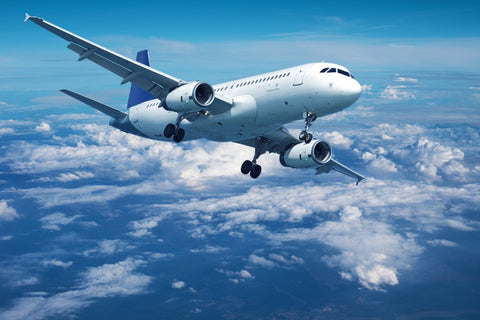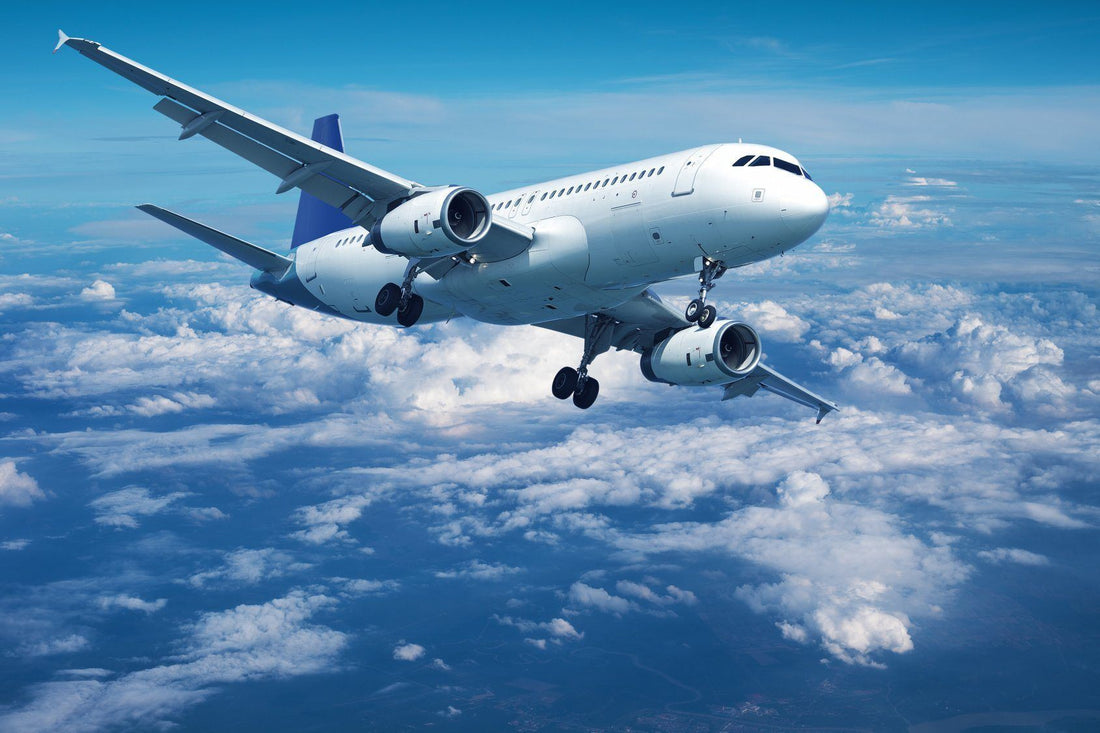An actuator is a type of transducer, a device that is capable of converting one form of energy into another. The energy may come from an electric current, hydraulic or pneumatic pressure.
A motor is an example of an actuator that transforms energy from electricity or fuel into the energy of circular motion. A linear actuator, on the other hand, converts the energy of rotary motion into linear motion. Piezoelectric actuators are an example of one type of linear actuator. These devices may be very small, as micro and mini actuators, or very large, as in the case of heavy-duty actuators.
Linear Actuators on Airplane Flaps
Airplane automation is used for airplane flaps. The flaps are mounted by hinges onto the trailing edge of the wings of a fixed-wing aircraft. Their function is threefold:
1. Reduce stall speed.
2. Increase the angle of descent.
3. Reduce the pitch angle of the aircraft. During landing, this improves the pilot's view of the runway over the nose of the aircraft.

Landing Gear
In order for landing gear to function properly, a number of different linear actuators must function. First, the door that holds the landing gear must open, which is done by linear actuators. Then the landing gear itself must be lowered with actuators when the plane is in position.
Linear Actuators in Reverse Thrust
Immediately after touchdown, reverse thrust is used to provide the necessary deceleration of the aircraft. Here, the force provided by the airplane's exhaust is directed forward, against the direction of travel. Propeller-driven aircraft may also be able to use linear actuators to produce reverse thrust in flight. This allows rapid deceleration, quick speed changes the buildup of speed encountered in steep dives.
Mini actuators and Model Planes
Mini actuators and even micro actuators are used in remote control model aircraft. For very small models (less than 10 grams auw) actuators are the only viable solution due to their compact size, low power draw and reduced weight as compared to other solutions. Mini actuators are ideal for aileron control and steering applications on remote-controlled planes.All of the above principals are illustrated in this video, showing the bed of a toy container truck being raised and lowered using a linear actuator.
Using a linear actuator can provide optimum performance that is both reliable and durable. Contemporary linear actuators employ a highly leveraged ball nut and screw and offer more than 90 percent efficiency. Compare this to the classic Acme threaded screw design, which typically offered efficiency between 20 and 70 percent. This strength, relatively small size for the force exerted, and flexibility in terms of power and control make linear actuators a strong contributor to aeronautic control systems.




